6. Another Earth (2011) Budget – $100,000
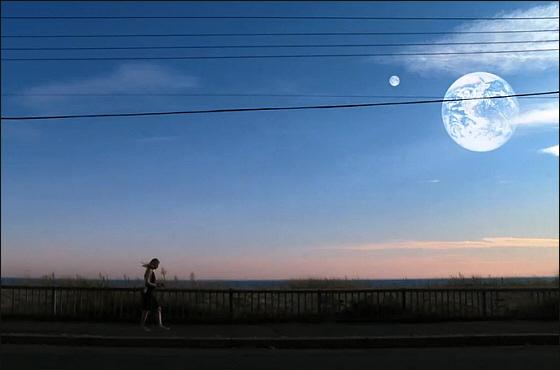
On the eve of the discovery of a duplicate Earth, the lives of two different strangers become irrevocably intertwined after tragedy strikes. Rhoda Williams is a bright young woman who aims to study the cosmos at MIT’s astrophysics program and John Burroughs is an accomplished composer who is about to have a second child with his wife. Beginning an unlikely affair, the two must decide which path to choose when one of them is given an opportunity to travel to the other Earth.
Another Earth received mixed to positive reviews from critics upon its release, although it did win a number of accolades including the Alfred P. Sloan Prize at the 2011 Sundance Film Festival. It has since gained more recognition from word of mouth recommendations. Another Earth earnt $1.8 million at the box office; a figure that was considered very good when taken into account its very limited theatrical release.
Mixing realism with sci-fi, Another Earth is a film where the gritty reality of day to day life and the consequences that can come with it, is intertwined by a vividly sci-fi aspect. As the audience watches the two characters’ lives implode in different ways, proceedings are watched over by the visuals of the other Earth – always visible in the sky, a stunning image which gives a deeper meaning to everything that unfolds.
The truth is that Another Earth just would not play the same way if it had a higher budget. The film’s appeal is in the contrast of the visuals – the dreary, rundown house compared to the awe inspiring second Earth, the candid shots that are captured guerrilla style. With a higher budget and more expensive production design, Another Earth would feel like just another slick high budget sci-fi instead of an independent masterpiece.
7. Take Shelter (2011) Budget – $4.75 million
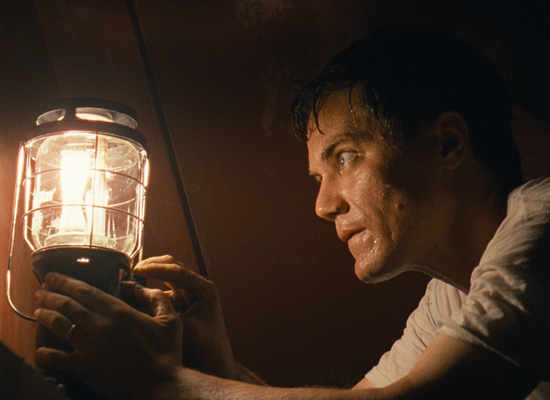
Curtis and Samantha live in a mall Ohio town with their deaf daughter Hannah. Although money is tight and a constant worry, they are a happy and loving family. But then Curtis begins to have horrifying dreams about an impending apocalyptic storm.
Not wanting to tell anyone, Curtis keeps his dreams to himself and instead begins to build a storm shelter in his family’s backyard. Curtis’ strange behaviour begins to cause tensions in both his family life and his small town, but Curtis is far too worried about what his visions mean to care.
Written and directed by Jeff Nichols, Take Shelter received critical acclaim upon its release. It received several accolades including the 50th Critics’ Week Grand Prix at the 2011 Cannes Film festival. Take Shelter earnt $5 million at the box office. Although it did not make a return on its investment, the film did only have a very limited theatrical release.
Take Shelter is a highly effective thriller film, and this is due in part to its limited budget. Taking away the distractions of gimmicky special effects and sci-fi overproduction, and what is left allows the storytelling element of Take Shelter to shine. Instead, Take Shelter slowly builds a feeling of dread and uncertainty based purely on the brilliant performances by the actors and the intrigue throughout.
8. Hunger (2008) Budget – £1.5 million
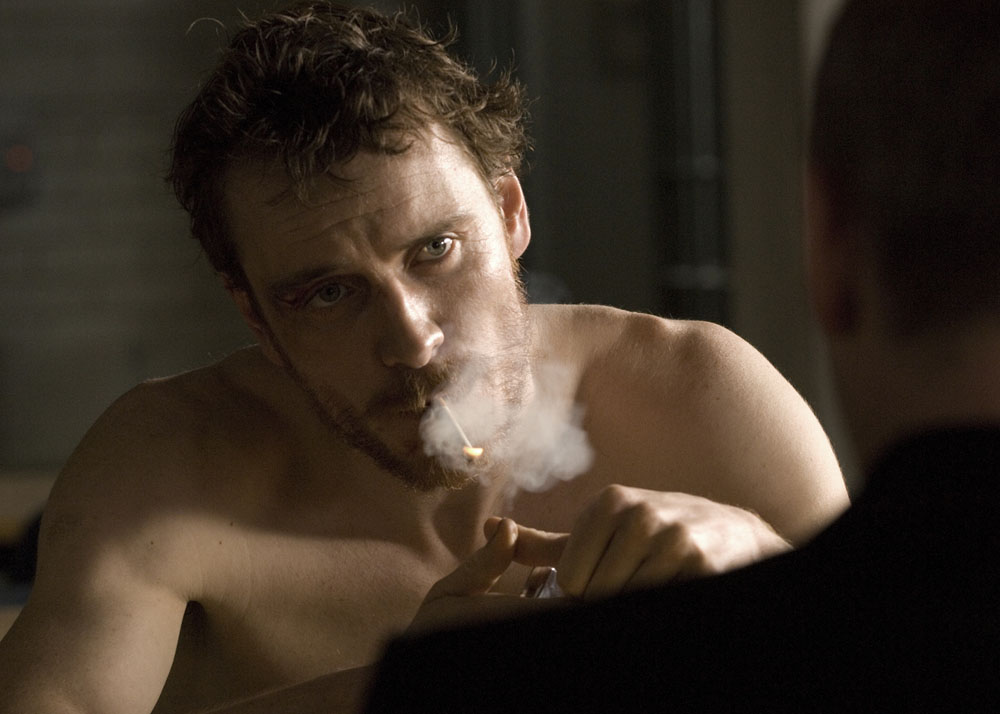
Hunger follows the story of Bobby Sands, an Irish Republican Army activist, who went on a hunger strike to protest his treatment at the hands of prison guards whilst in British prison.
After other members of the IRA are subjected to violence from the guards and their own protests fail to work, Bobby’s hunger strike gains attention from both inside and outside the prison walls. But Bobby finds himself at odds with a priest who questions the ethics and effectiveness of the strike.
Hunger is the feature length directorial debut of Steve McQueen. It premiered at the 2008 Cannes Film Festival where it went on to win the Camera d’Or, an award for first time filmmakers. Upon its release, Hunger received worldwide acclaim from critics and won numerous accolades. It went on to earn £1.7 million at the box office.
Notable for an unbroken shot which went on for seventeen minutes, Hunger makes use of elements that do not need a high budget to strike an impact. After all, Hunger is about gritty realism, brutality and hopelessness – and Hunger’s low budget helps drive that point home.
Hunger is all about the fear, violence and hate that inspired the hunger strike and that is portrayed brilliantly by the performances. Any distraction from that would mean that the film was far less effective.
9. The Blair Witch Project (1999) Budget – $60,000
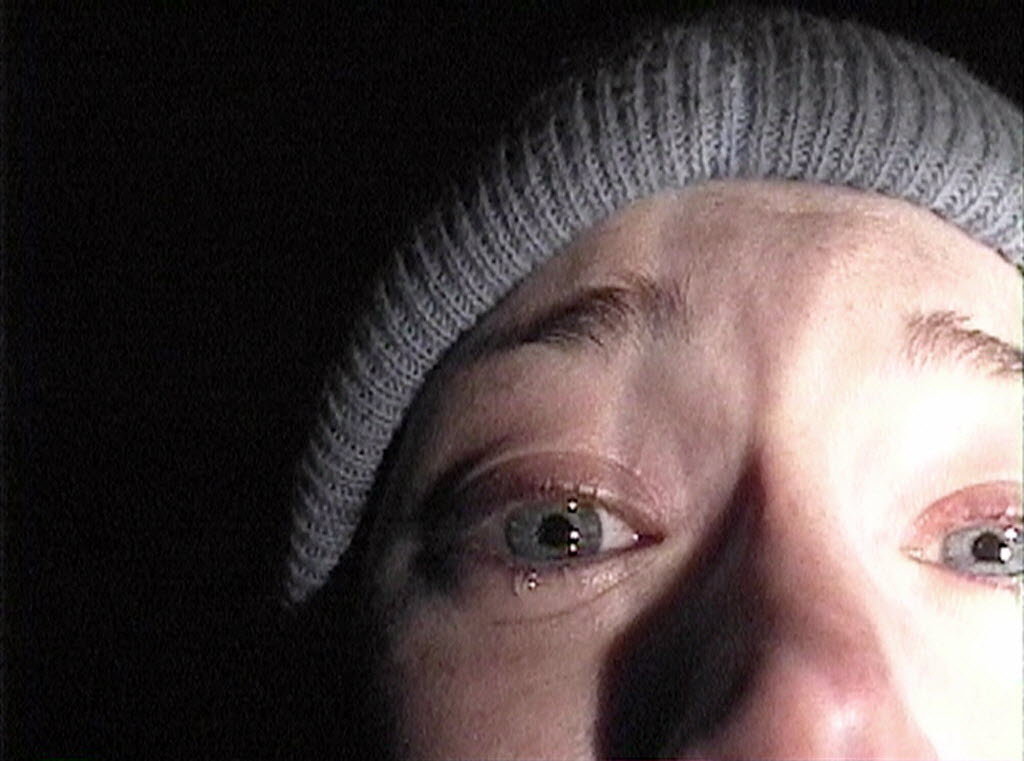
In 1994, three student filmmakers ventured into the deserted woods of Maryland in search of the Blair Witch legend. The students were never seen again, but a year later their equipment and footage was found. The film follows the fateful journey of what happened to them.
Thought to be the film that popularised the found footage genre, The Blair Witch Project was a sleeper hit. It was released to mostly positive critical acclaim, although audiences were split as to the film’s appeal. However, the film went on to gross $250 million and is one of the most successful independent films of all time. The Blair Witch Project has gone on to spawn a legacy consisting of three feature films and various merchandise.
Filmmakers Daniel Myrick and Eduardo Sanchez were inspired to make The Blair Witch project after discussing the fact that they found paranormal phenomena documentaries just as terrifying as traditional horror films. Combining the styles of both, they came up with the idea for the film. A massive part of The Blair Witch Project’s appeal, uniqueness and lasting legacy comes from its low budget nature.
Gone are special effects and digital add ons, instead the audience is treated to noises that go bump in the night and what we cannot see off camera. And does it still work? Yes, more effectively than ever. We are naturally afraid of the unknown, combine that with the documentary style and The Blair Witch Project is a truly terrifying exercise in how low production values can be used to make a lasting impact on an audience.
10. Paranormal Activity (2007) Budget – $15,000
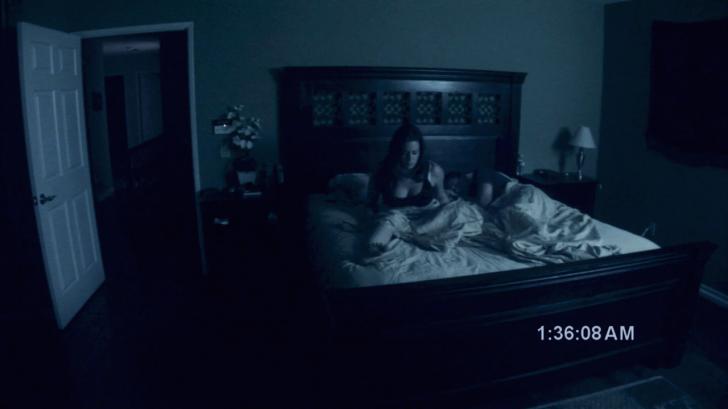
Twentysomethings Katie and Micah have just moved into their new home. Katie believes that malevolent spirits have been following her since she was a child, however Micah is unconvinced of this. But after loud noises wake them in the night and strange things begin to happen, Micah realises that Katie might be right. After outside resources fail to help them, Micah decides to set up cameras so that he can record the activity, a move that turns out to be a mistake.
Another film that utilises the found footage genre, Paranormal Activity has the honour of being the most profitable film of all time when based on its initial investment. Paranormal Activity earnt over $193 million at the box office. It was well received critically, and its success spawned five sequels, making the film into a franchise.
Director Oren Peli wanted Paranormal Activity to be focused on plausibility and believability rather than action, violence and gore, thus he shot the film with a home video camera. Not only did this lower the budget significantly because it took away the costs of a camera crew and equipment costs, it helped give the film the right visuals and tone that it needed.
At all times, Paranormal Activity should feel very raw and real, and a higher budget would not only take away that rawness but would change the film’s tone entirely. When the film was first bought by the studio, they seriously considered remaking it with a higher budget. However, after doing test screenings they quickly realised how much more effective the film was in its original form.